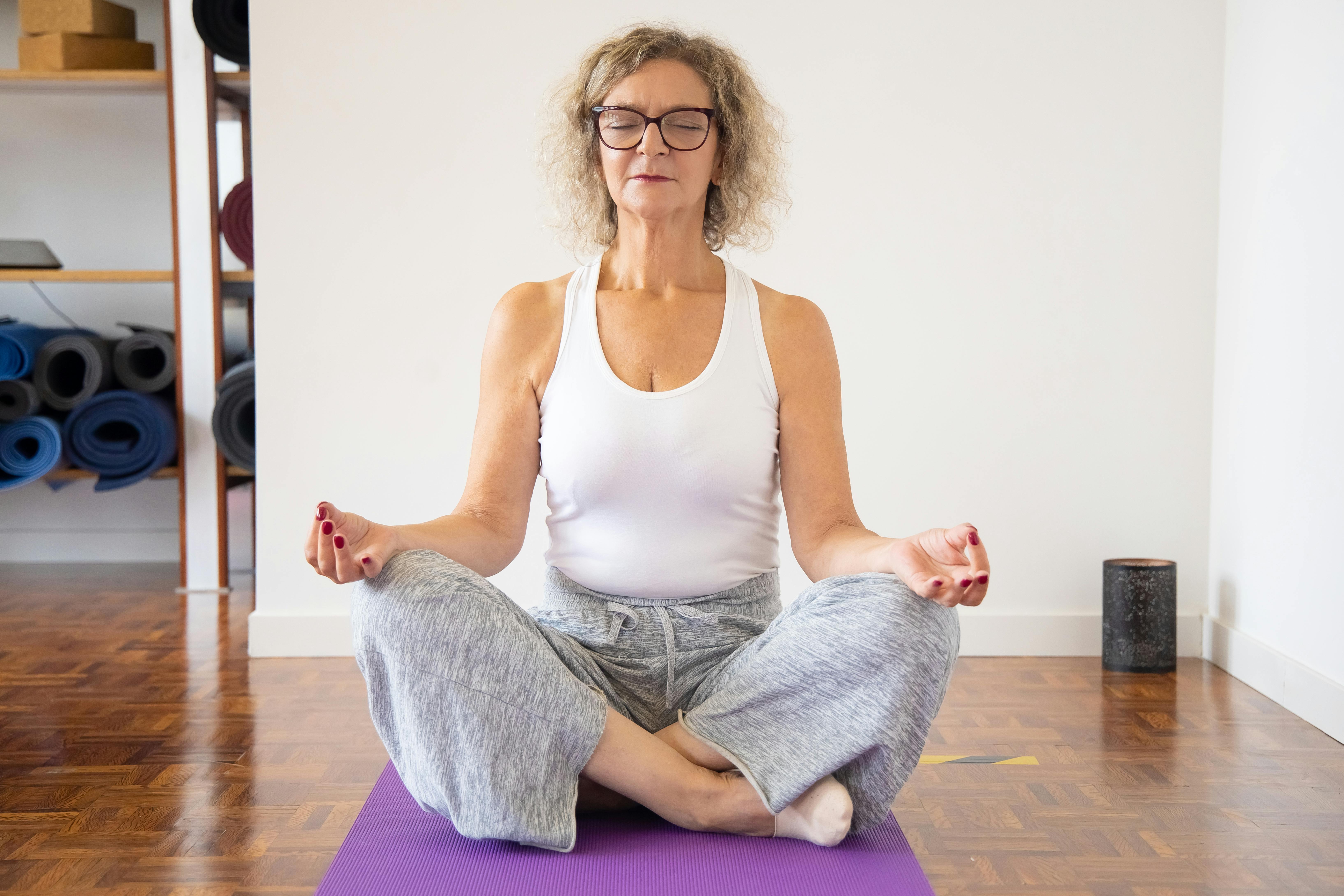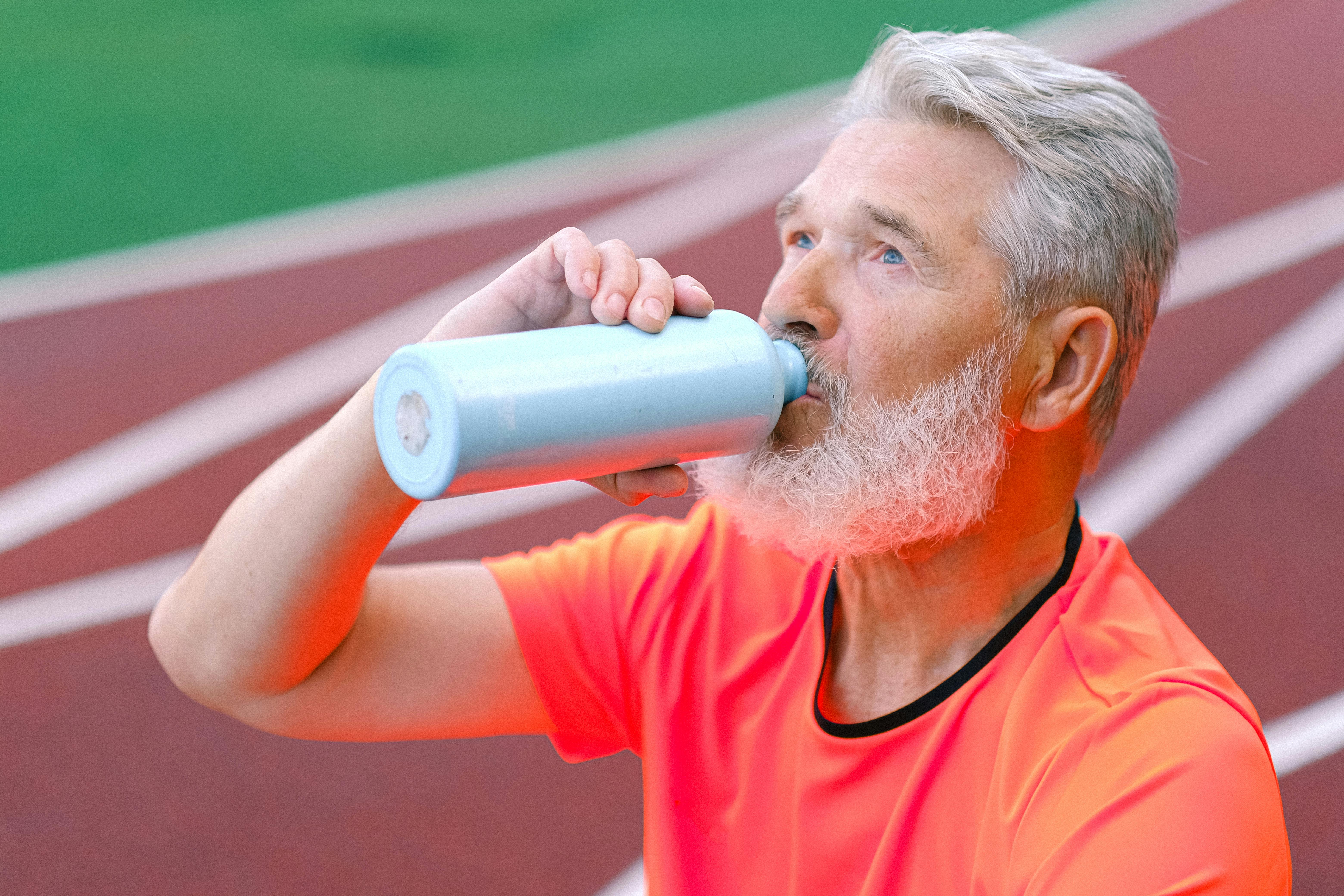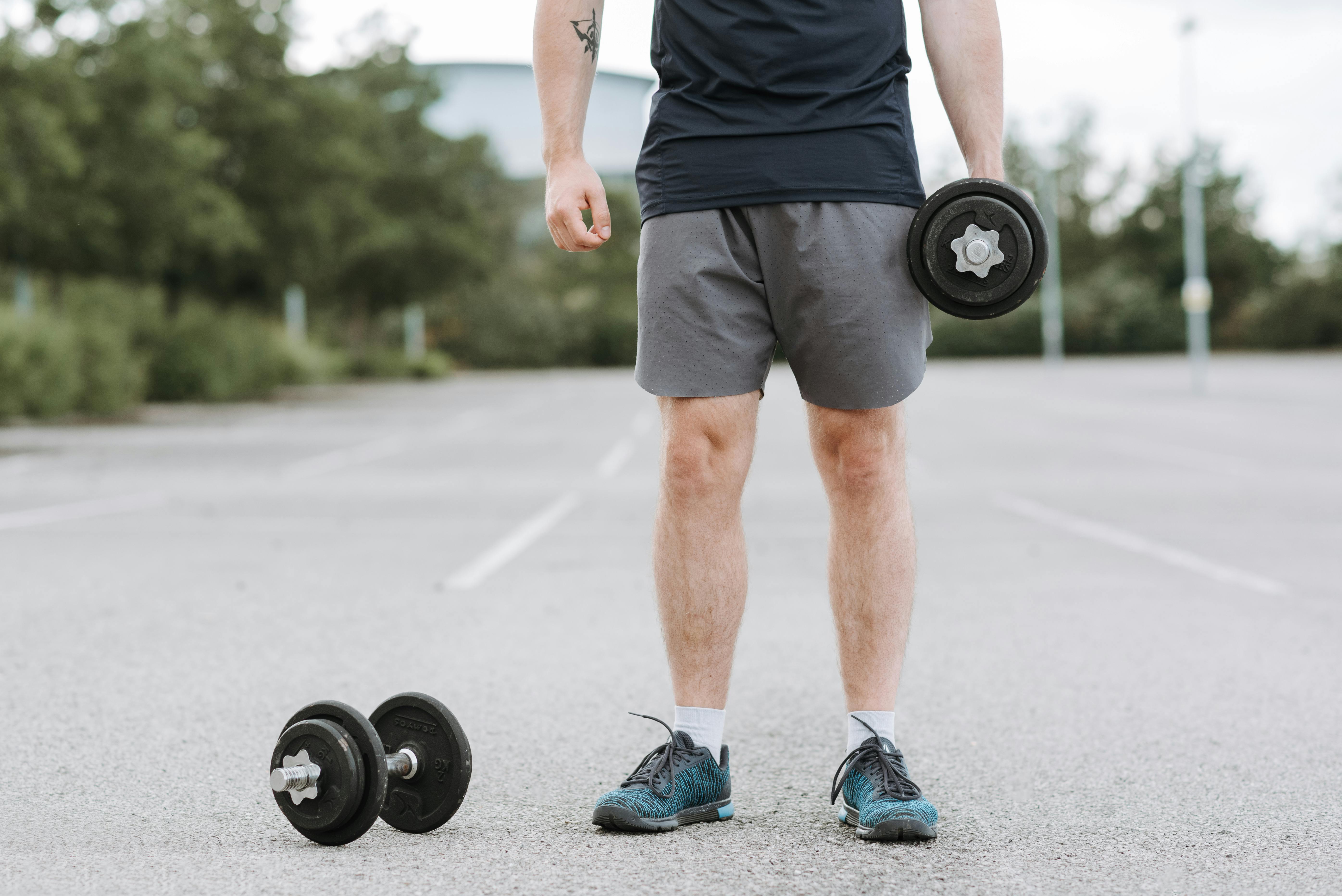In physically inactive people there is a loss of about [-0.5%] of lean muscle mass each year between ages 25 and 60, and a corresponding decline in muscle strength. From the age of 60, the rate of loss doubles, to about 1%. It doubles again at age 70; again at age 80, and then again at age 90.
How does this translate to the human body? We are losing muscle mass, and that muscle mass is being replaced by fat cells. Often, a person wonders why he develops a “pouch” intestine, or why his thighs or buttocks are getting bigger. We realize that we are not gaining muscle mass in these areas, but rather we are losing muscle mass and fat cells are gaining size. Most people can imagine this process happening in their body from the age of 30.
Inactive people usually have the most severe atrophy (loss of muscle mass), but active people can also experience muscle atrophy. The greatest loss is experienced with fast twitch (FT) versus slow twitch (ST) muscles. The FT muscles are used for high-intensity anaerobic movements (weight lifting), while the ST muscles are used for activities such as running, dancing, cycling, etc.
With aging and inactivity, the greatest atrophy is seen in fast-twitch (FT) fibers that are recruited during high-intensity anaerobic movements. Although sarcopenia is seen primarily in physically inactive people, it is also evident in people who remain physically active throughout their lives. The current finding suggests that physical inactivity is not the only factor contributing to sarcopenia. Current research is finding that the development of sarcopenia is a multifactorial process. Many factors, including physical inactivity, motor unit remodeling, decreased hormone levels, and decreased protein synthesis, can contribute to sarcopenia. Fortunately, sarcopenia is partially reversible with appropriate exercise interventions.
The purpose of this article is to focus on sarcopenia and the importance of resistance training to prevent it and reverse its effect. The other important aspect is the decrease in hormones and the reduction in protein synthesis to build and maintain muscle mass. These are also an effect of the aging process that few people are aware of.
What causes sarcopenia?
- The aging process
- physical inactivity
- Reduced production of hormones in the human body as we age
- Decreased protein synthesis capacity in the human body as we age
- Female estrogen levels may also play a role in the development of sarcopenia during and after menopause. This topic has limited research, but it appears that many women develop a “bag” after menopause.
Yo. Testosterone – ii. human growth hormone
I think it’s important to mention hormones and protein absorption, but I’d like to keep the focus of this article on sarcopenia. I’ll cover hormones and protein absorption in another article.
Why is resistance or weight training so often mentioned in conjunction with weight loss? We know that weight training is considered anaerobic: the term anaerobic is defined as “without oxygen.” Anaerobic exercise uses the muscles at high intensity levels and a high work rate for a short period of time. Anaerobic exercise (weight training) helps us increase our muscle strength and therefore increases muscle size. If your strength increases, then the muscle cell must increase in size.
If we go back to the beginning of this article… Sarcopenia can be stopped and reversed with proper weight training. Furthermore, the muscle mass that we are creating is also known as lean body mass. For every 10 pounds of lean body mass that we carry in our bodies, 500 calories are consumed per day to maintain that body mass.
Yes, you can burn more calories by running or walking, but these activities won’t build muscle mass like weight training does.
If you think of weight training as lifting 2 or 3 pound dumbbells while watching TV, you should check with a local weightlifting trainer or join a gym. These people or organizations will help you reach your goals in a safe and knowledgeable way. It is extremely important that you learn proper lifting techniques and forms. Proper training will ensure results, safety, and help prevent unnecessary injury.
Just do it!



